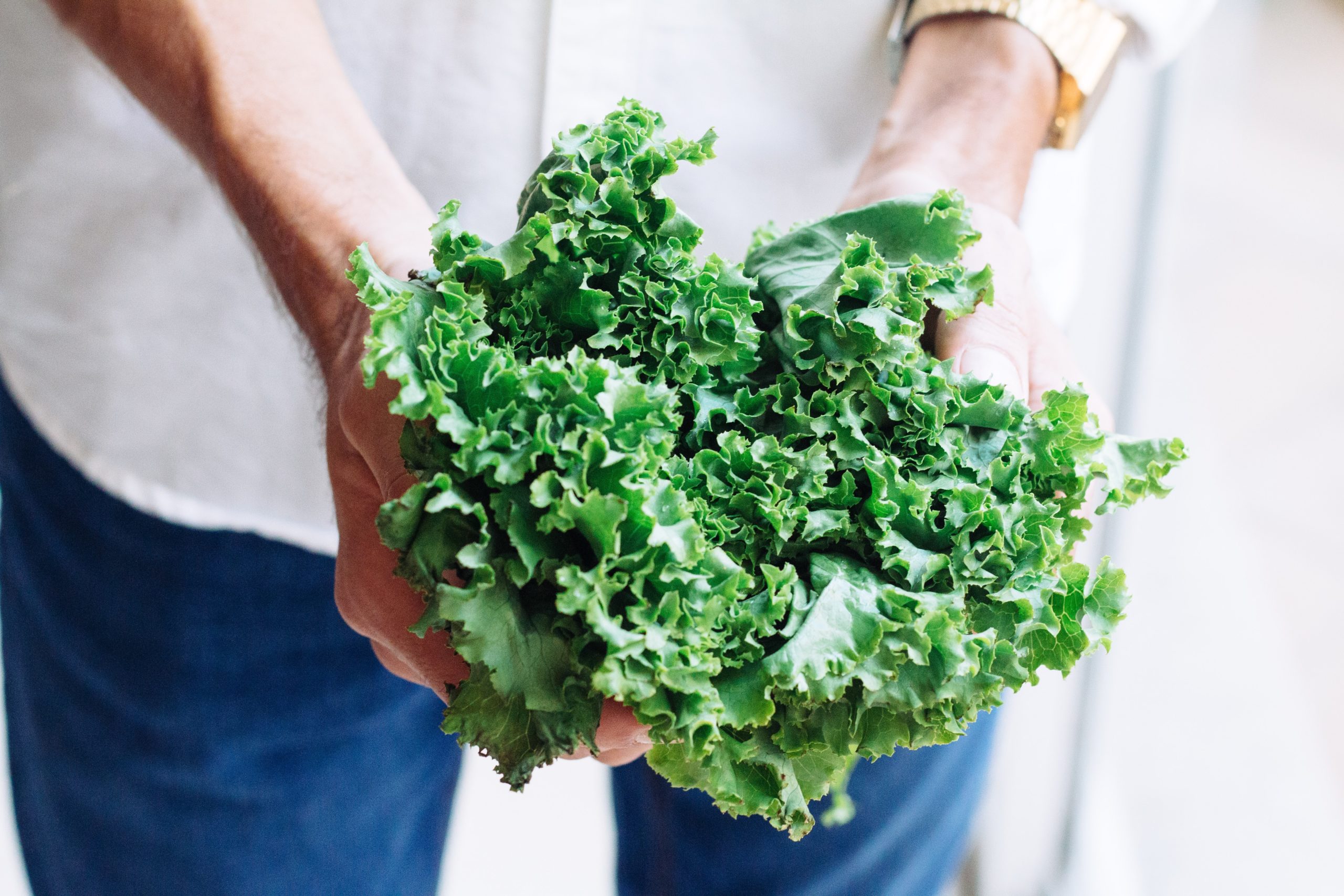Gut health goes beyond a number on the scale—it influences almost all aspects of your health.
Your gut is made up of trillions of microorganisms, mostly bacteria, that help absorb nutrients. These microorganisms also support immune system health, weight and metabolism, and—surprisingly—even your moods and mental health.
There’s a reason modern science has begun to refer to your gut as your “second brain”—with 100 million neurons tucked tight in your digestive tract, scientists are just now beginning to understand how gut health influences mental health.
Like a snowflake or a thumb print, each person’s gut microbiome is unique to that person. Though genetics plays a part in your microbiome makeup, your diet plays a powerful role in keeping your gut bacteria healthy and happy—and, in turn, keeping you healthy and happy.
Fruits and vegetables that are high in fiber contribute to gut health. While your body can’t digest fiber, the bacteria in your gut can, helping them to grow in turn.
Planning a garden this year? Be sure to include these good-for-your-gut fruits and vegetables to boost your gut health.
Raspberries
High fiber? Look no further than raspberries.
One cup of raspberries equals about 8g of fiber—that’s nearly a third of the recommended daily intake of 25 – 30 grams of fiber from food sources (aka not supplements).
Additionally, if you’re prone to bloating, these berries are your friend. Raspberries are low in fructose, or fruit sugar, which can cause excess gas.
So go ahead and add a cup of raspberries as a topping to your morning yogurt or snack on them as a sweet (yet healthy!) treat.
Raspberries grow best in full sun in zones 4 – 8, as they prefer cooler climates. However, there are some heat tolerant varieties that can be grown in zones 9 and above. This plant requires patience; the canes don’t produce fruit until one year after planting.
Once you do plant raspberries, though, they are like all cane plants—prolific! You’ll want to keep these rambling brambles in check with annual pruning.
Learn more about growing raspberries here.
Broccoli
While not as high in fiber as raspberries (you’re looking at about 2.4 grams of fiber per 1 cup of chopped broccoli), these good-for-your greens still pack a healthy punch to the gut.
You’ll need to grow broccoli in either the spring or fall to enjoy your broccoli harvest. Broccoli is a true cool-season vegetable, enjoying moderate temperatures between 45° – 75°F. They can even tolerate temperatures as low as 20°F. It can be grown in USDA Hardiness Zones 3 – 10.
For those in warmer climates like us, sow seeds in the January to February timeframe indoors or in a greenhouse for spring harvest.
Since we’re currently too late in April to sow seeds for spring production, seek out plants in garden centers or at your local Farmers Cooperative to transplant now.
If sowing for a fall harvest, so directly in-ground around 85 – 100 days before your first frost. Generally, you’ll be able to harvest your broccoli 70 – 100 days from sowing.
Plant seeds ½ inch deep and about 3 inches apart. Keep your broccoli well-watered, between 1 – 1 ½ inches each week. However, once your broccoli begins to develop heads, ensure that you don’t get these wet when watering, as that can cause rotting.
Broccoli doesn’t get along with all other produce. Beware planting broccoli next to pole beans, strawberries, or tomatoes, as they tend to compete for the same nutrients, hindering plant production.
Learn more about growing broccoli here.
Kale
Besides a high source of fiber (2.6 grams for every cup of chopped kale), kale and other leafy greens also contain a type of sugar that helps the healthy bacteria in your gut grow.
Like broccoli, kale is a spring and autumn-loving vegetable, tasting better when grown in cooler weather. In fact, a frost or two actually improves the taste of kale.
It’s not too late to sow kale seeds right now for spring production, but don’t wait! The flavor changes as the weather heats up.
If planting in the fall, kale will readily grow in cold temperatures, even as low as 20°F. However, a snow or heavy frost can cause the plant to collapse under the weight.
Kale prefers a soil pH level between 5.5 to 6.5. Plant your kale 6 – 8 weeks before the first frost, planting ¼ inch – ½ deep, then thinning seedlings so that each plant is 8 – 12 inches apart from one another.
Keep soil cool and moist. If you live in a warmer climate, you can provide mulching around your kale to keep soil temperatures lower, as kale tends to prefer soil temperatures between 60°F – 65°F. Too much heat, and your kale will be bitter. Yuck.
When kale leaves grow to the size of your hand, they are ready to eat. Harvest kale leaves from the outer leaf “rings,” where the leaves are the most mature in the plant. Your kale will continue producing so long as the “terminal bud” (found at the top center of the plant) remains intact.
Learn more about growing kale here.
BONUS TIP:
Did you know…
The vegetables with the HIGHEST level of good-for-your-gut nutrients are baby plants?
Yep, sprouts and shoots are your best source of nutrients.
Sprouts are the premature growth of a plant from a germinated seed. Shoots are the next step in plant development—these are very small plants that you can eat before they develop their secondary leaves.
Both sprouts and shoots are packed with good-for-your-gut insoluble fiber, which serves as a prebiotic, feeding the good bacteria in your intestines. This contributes to gut health, while also reducing bloating and gas.
Read more about adding sprouts & shoots to your diet here.


